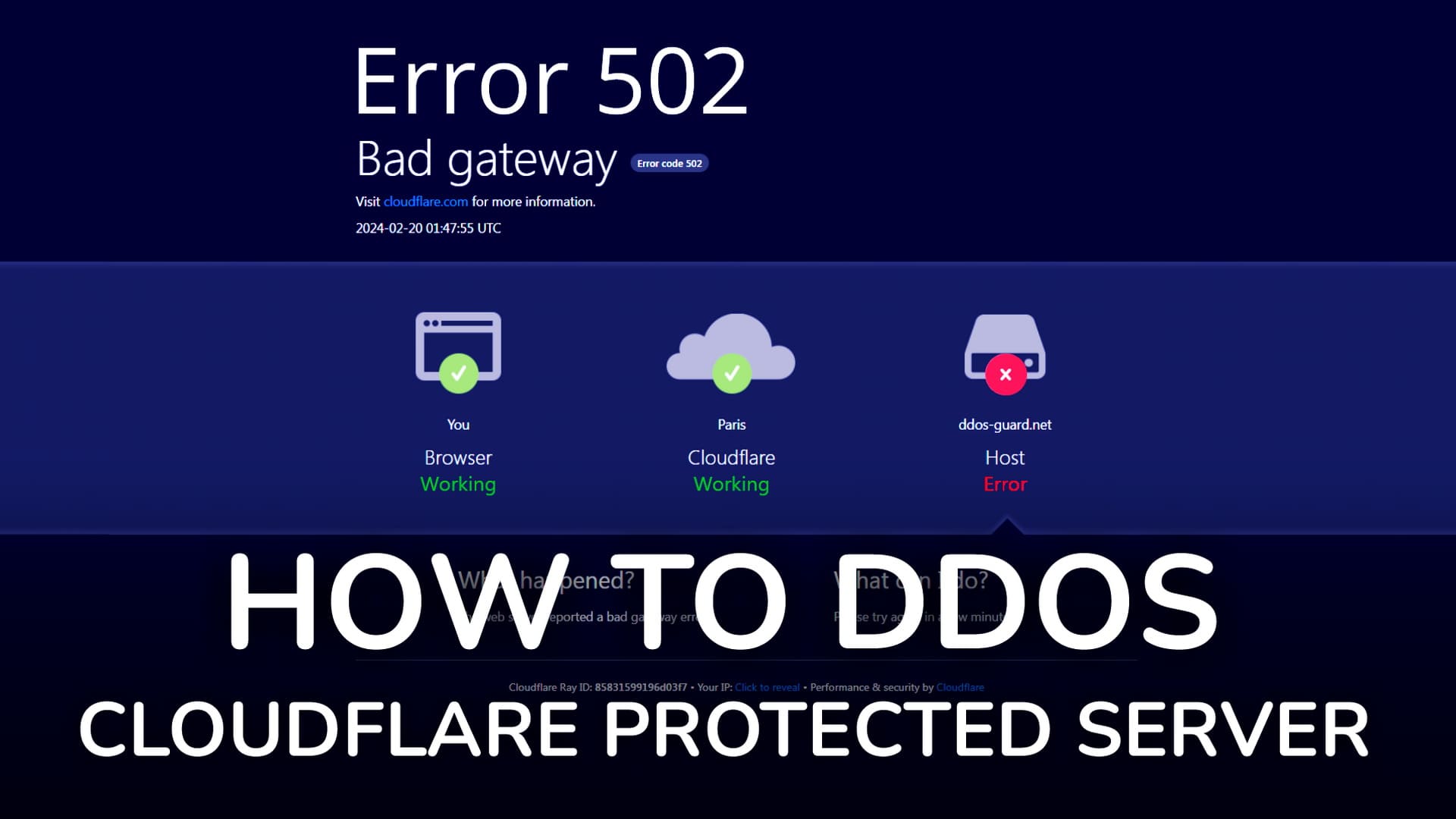How an IP stresser works?
IP-Stresser sends a large number of requests to the remote server, overloading the system and making it unavailable for access. A similar verification DDoS attack can be organized using MAXSTRESSER web service software.
The free IP-booter MAXSTRESSER is designed to test a network or server for resiliency. The user can run a stress test to determine if the bandwidth and CPU power of the server is sufficient to handle the additional load.

Explore the power of our free tool for network attack: an online stresser and IP-booter used to launch Distributed Denial of Service (DDoS) attacks. With MAXSTRESSER, you have the ability to conduct controlled stress tests on your network or assess the resilience of your systems to potential cyber threats.
Our service provides anonymity as well as professional testing of servers and IP addresses. MAXSTRESSER dedicated servers are connected to a shared 1GB/s port through which IP spoofing traffic flows. The support team will answer any question within minutes at any time of the day.
The main function of an IP-Booter
The primary function of an IP-Stresser is to render an IP address inoperable or cause problems in the system to which it belongs, in order to identify infrastructure weaknesses and take action to improve protection. This can be accomplished by sending a large number of specially generated requests to a remote server, causing system overload and failure.
Also, IP-Booter overloads the network or remote server and makes it inaccessible to other users. A similar DDoS attack to test the fault tolerance of your system can be organized using the MAXSTRESSER web application software.
Our attacks seamlessly bypass servers using IP spoofing technology, and with our state-of-the-art infrastructure, we guarantee top-notch performance. Stay one step ahead of your competitors and demonstrate your superiority with MAXSTRESSER. Join our platform today and get free access to advanced DDoS attack tools.
Stress tool attack techniques
IP-stresser, or DDoS (Distributed Denial of Service) attack tool, sends a huge number of network requests to the target IP address and creates an artificial load on the server.
Our DDoS panel can use a variety of attack methods including SYN Flood (a connection establishment attack), UDP Flood (an attack on protocols that use UDP), ICMP Flood (an attack on the Internet Message Management Protocol), and others. They may also use techniques to bypass defenses, such as distributing the attack across multiple sources (e.g., botnets with IP addresses from different parts of the world) or using anonymizers to hide the source of the attack.
There are several classes of DDoS attacks depending on the network being attacked. L3 and L4 level attacks are in significant demand. L3 attack methods disrupt the network infrastructure. This is handled by advanced network infrastructure analytics to identify and remediate any network performance issues in a timely manner. L4 level techniques exploit TCP stack vulnerabilities when the network transport layer is attacked. As a result, data transmission from sender to receiver is significantly degraded, and UDP and TCP protocols do not work properly.



